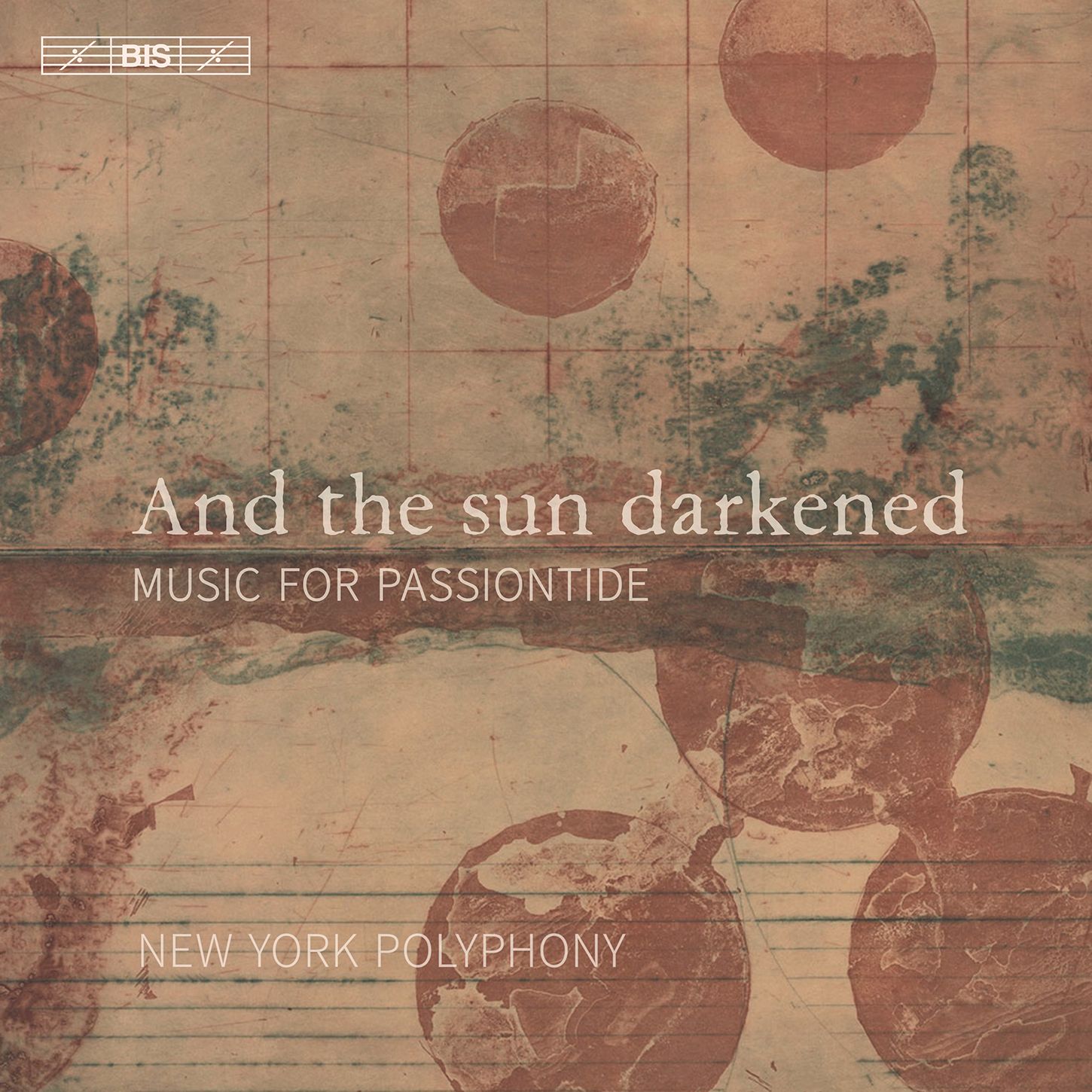An invitation to the dark side: And the Sun Darkened (BIS)
The perfect disc for this time of year, New York Polkphony's faultless renditions bring this music to life

And so as Easter/Ostara/Eostre approaches, it;'s worth looking at this time for the Christian calandar through a lens, darkly. That's precisely what New York Plyphony has done in this exemplary programme of the old and the new: sixteenth-century composers rub shoulders easily and effectively with twentieth century ones: Loyset Compère, Josquin Desprez, Adrian Willaert and Pierre de la Rue for the former; Andrew Smith (born 1970) and Cyrillus Kreek (1889-1962) for the latter.
New York Polyphony comprises four voices (Geoffrey Williams, counter-tenor; Steven Caldicott-Wilson, tenor; Christopher Dylan Herbert, baritone; Craig Phillips, bass). Performing this music with only four voices gives it a transparency
The journey starts with a contemporary of Josquin, Louis Compère (c. 1445-1518), whose Crux triumphans (Triumphany Cross) sets a late-Medieval devotional poem. It is structured in two parts, teh first extollingteh symbol of teh Cross, teh second a direct address to Jesus himself:
Hearing Josquin's Te pauperum refugium (You refugee of the poor, published 1505) immediately afterwards is to experience a further deepening, its sometimes deliberately bare textures hugely effective, This is a "prayer motet," generally chordal but with a duet at "via errantium". Listen to how Andrew Smith's Salme 55 (taken from a stage ork that dramatised the life of Carlo Gesualdo), is identifiably cut from the same cloth, albeit in a musical language of our time, with drooping, lamenting repetitions of "Exaudi" (Listen):
In Smith's piece, the protagonist prays for deliverance from the enemies that surround him. Salme 55 is of high beauty, the return to the distant past for Adrian Willaert's Pater noster - Ave Maria acting almost as an intensification of emotions raised. Published in 1532, Willaert's piece integrates the plainchant of the two prayers in the tenor, around which lines entwine like ivy:
We met Estonian composer Cyrillus Kreek (1889-1962) in a previous post on an ECM disc, The Suspended Harp of Babel. Here's his Taaveti laul 22 (Psalm 22 composed io 1914), darkly beautiful. It;s like a "black sun" (in astronomical terms, an eclipse, but hughly symbolic in rather more mystical circles): underneath the darkness of the harmonies lies an underlying light. And what harmonies! Unlike any other, arguably, mysterious, veiled:
The longest piece is Compère's Officium de Cruce, a sequence (motet cycle) of nine "parts" based on the "hours" of the Cross. A work fo meltingly beautiful counterpoint, excerpts seem impossoble, but here to give you a flavour is the fourth part, "Hore prima". The except is only 1"46 but it has at its core the seeds of eternity:
A piece by the Franco-Flemish composer Pierre de la Rue (c. 1452-1518) concludes the disc, his O salutaris hostia, a piece of contained serenity:
The perfect disc for this time of year, New York Polkphony's faultless renditions bring this music to life (pardon Eastertide the pun) ... thsi disc was up for coverage last year, but there's only a limited number of discs one can fit in - and it is absolutely worthy of highlighting.
And the sun darkened (Amazon)